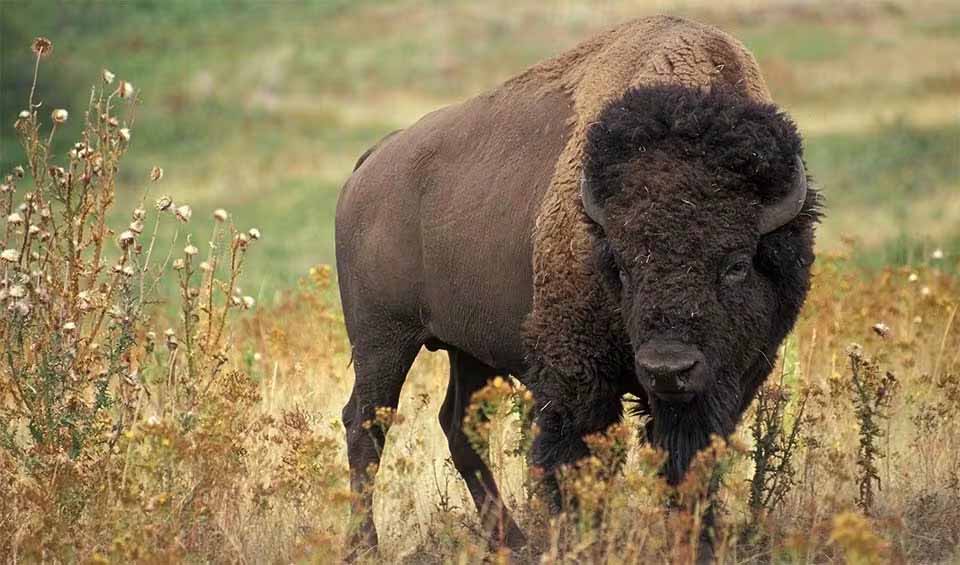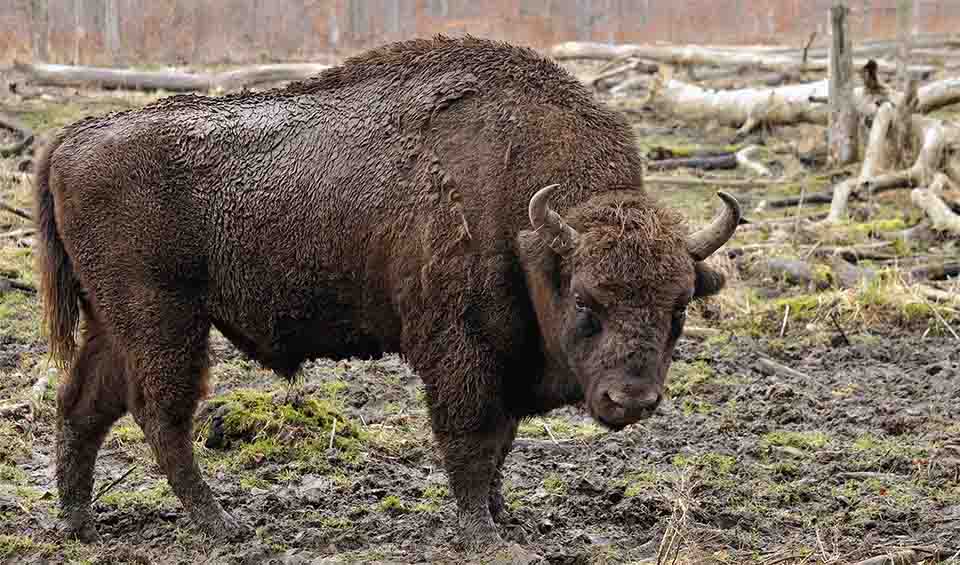Bison – Bisons
Numerous species of this genus have become extinct in the last 10,000 years
Bison, majestic symbols of strength and resilience, belong to the genus Bison within the Bovidae family. These large, imposing animals are often colloquially referred to as buffalo in North America, though “buffalo” more accurately describes species like the African buffalo and the water buffalo found in other parts of the world. Bison are distinguished by their enormous, broad heads, which are characteristically carried low, an adaptation that aids in foraging through the snow in search of grasses during winter.
The genus Bison comprises two extant species: the American bison (Bison bison), residing in North America, and the European bison (Bison bonasus), or wisent, found in isolated pockets of Europe. The American Bison, the more populous of the two, has become an emblem of the American West, symbolizing the wild, untamed nature of the continent before extensive European settlement.
Physically, Bison are awe-inspiring creatures; adults can reach up to 2 meters (6.6 feet) in height at the shoulder and measure 3.5 meters (11 feet) in length. Their weight varies significantly, with individuals ranging from approximately 400 to 1,270 kg (880 to 2,800 pounds), making them the largest terrestrial animals in North America and Europe. The sheer size and strength of Bison afford them few natural predators once they reach adulthood.
As ruminants, Bison have a specialized digestive system that allows them to ferment plant material in a specialized stomach chamber, the rumen, before it is further digested and absorbed. This adaptation enables them to extract nutrients from the fibrous grasses that constitute the bulk of their diet.
Historically, bison populations faced severe declines due to overhunting and habitat loss, particularly in the 19th century when the American Bison was hunted nearly to extinction. Conservation efforts in the 20th and 21st centuries have been successful in partially restoring bison numbers, although challenges remain in ensuring the long-term sustainability of their populations.
Species in this genus
American bison
Hunted almost to extinction, they were the first species to be reintroduced to nature
European bison
Habitat destruction & overhunting led to extinction in the wild, now gradually being reintroduced


